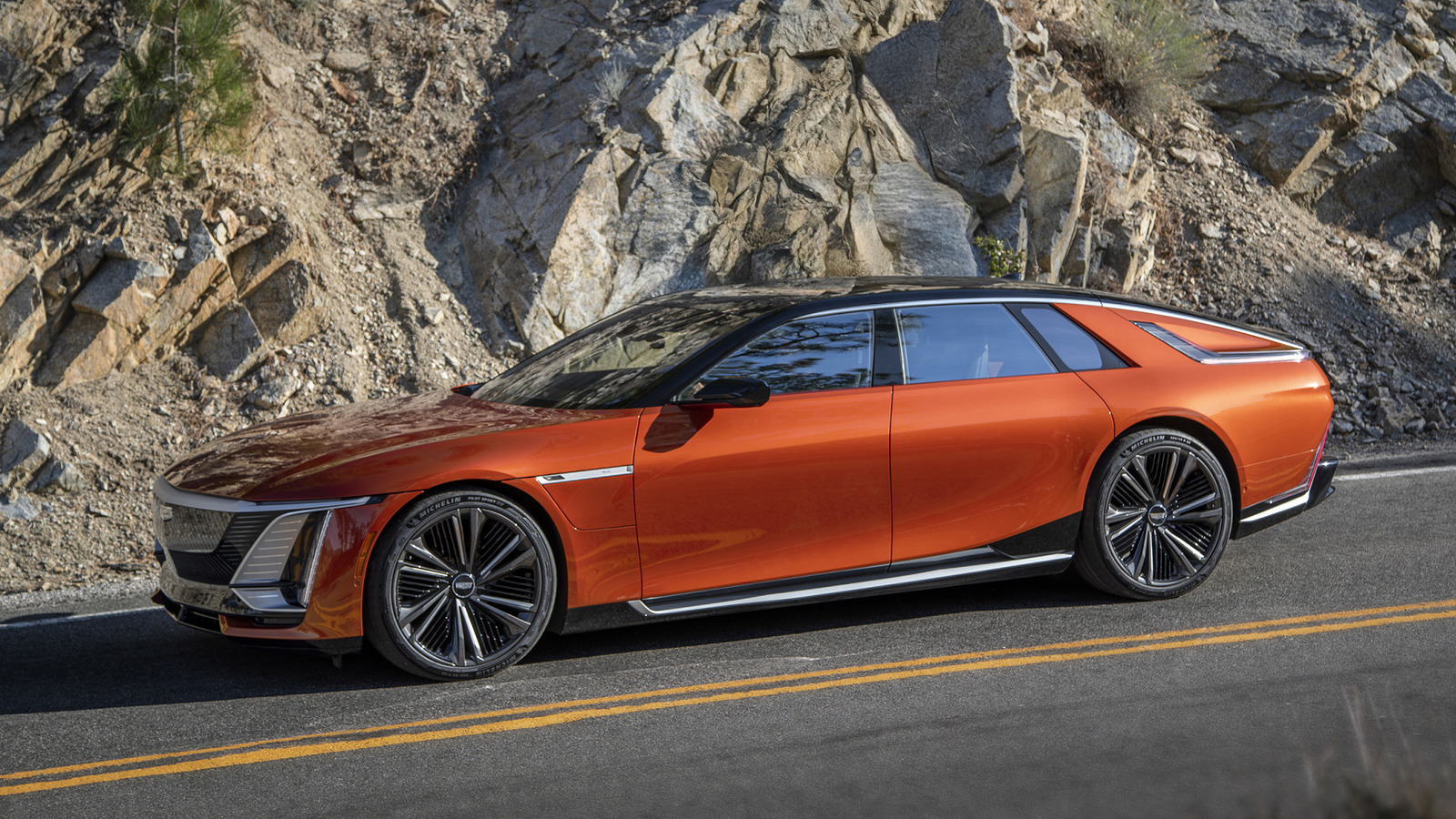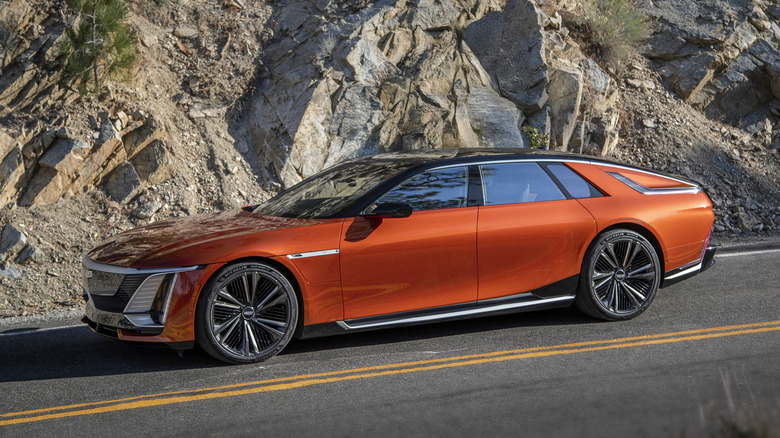To the uninitiated, the Cadillac Celestiq sure looks a lot like the sedan version of the $60,000 Lyriq electric crossover. Maybe you could tell from the photos that it’s big enough to at least be a full-size luxury sedan, so you might guess it’s more expensive. But just how expensive could it be? $100,000? $120,000? Oh no, the Celestiq starts around $350,000, and that’s just what it takes to get you into one. Actual transaction prices will probably all be far higher.
And yeah, someone can tell you they’re hand-built in the U.S. by appropriately paid, unionized workers, but still, that’s a whole hell of a lot of money for a Cadillac. And even though it’s electric, it’s not like the specs are that impressive. Buy a far-cheaper Lucid Air instead, and you’ll get more power and better range than the Celestiq’s 303 miles and 655 horsepower. So, where is your money going? How does Cadillac actually justify charging more than $300,000 for a car, even if it’s longer than an Escalade? Perhaps the biggest question, though, is how Cadillac managed to secure 18 months of orders only a couple months after the production Celestiq’s official reveal?
If you don’t believe any car should cost more than a house, I won’t try to change your mind there. But if you want to better understand how Cadillac got people with Rolls-Royce money to buy an American EV instead, it’ll probably help to watch Engineering Explained’s latest video, which outlines six engineering techniques Cadillac used to justify the Celestiq’s eye-watering price tag.
Not your grandfather’s Cadillac
As Jason explains, one of the first big differences between the Celestiq and other Cadillacs is its internal structure. Instead of a more traditional setup, the Celestiq has huge aluminum castings like what Tesla has experimented with, using a method known as sand casting. In fact, GM actually bought the company Tesla was using for its castings. The result is a structure that’s stiffer than any product GM’s ever built, but there’s no getting around the fact that it’s a slow process. As they say, time is money.
Cadillac also builds the Celestiq’s battery differently than even the one GM uses in the already-expensive Hummer EV. By laying the battery cells flat instead of packing them vertically and using five battery pack modules instead of one, engineers were able to save space and also vary the battery’s thickness to provide more room where passengers actually need it. As an added benefit, that method also allowed Cadillac to keep the roofline low and the profile sleek and aerodynamic.
On top of that, Cadillac also used 3D printing to make more than 100 individual pieces, and they’re all far higher-end than your buddy’s 3D-printed Warhammer minifigs. Forget plastic. We’re talking unique pieces printed from steel and aluminum, such as the steering wheel trim and even the D-rings that secure the seatbelts to the Celestiq’s pillars. That’s great for making ultra-low-volume parts that customers may even want to customize, but actually printing them takes time.
There’s still more, but I know you’d rather listen to Jason explain them than read my second-rate attempt, so how about you give that video a click and learn a few more fun facts about engineering? Even if you weren’t born into the kind of wealth it would take to buy one of these, it’s still super cool to get a look at how Cadillac builds the Celestiq.



